 Mat weaving has been around for hundreds of years and continues to develop. To weave a mat, people in Phu Tan have to undertake many steps from planting sedge, harvesting sedge, bringing sedge to the factory by many means, including dragging bundles of sedge along the river to save on labor and materials.
Mat weaving has been around for hundreds of years and continues to develop. To weave a mat, people in Phu Tan have to undertake many steps from planting sedge, harvesting sedge, bringing sedge to the factory by many means, including dragging bundles of sedge along the river to save on labor and materials.
According to the people of Phu Tan village, cutting sedge is the hardest part because sedge is grown in salty, muddy, and muddy water. Fresh sedge is already heavy, and being submerged in water makes it even heavier, so pulling the sedge onto a raft and pushing it to shore takes a lot of effort.

After being dried and processed, the sedge fibers will be sent to dyeing kilns, then through weaving and edging workshops to become finished mats. This stage is mainly done by the hands of women in the village. To this day, this craft village still maintains its traditional values.

Phu Tan sedge mats have been famous for generations for their sophistication and flexibility thanks to the skillful hands of the weavers. To weave a pair of Phu Tan sedge mats, it must go through 5 stages: cutting sedge, splitting sedge, drying sedge, dyeing sedge and weaving mats.

Author Le Viet Khanh is a prestigious name in the Vietnamese Photography community. He has been "3 together" (eating, sleeping, living together) with the Northwest and Northeast ethnic minorities for almost the past 10 years. His treasure trove of photos of landscapes and the Northern mountainous people is quite a solid asset.
Living fully with his passion for photography, besides the main theme of landscape, Le Viet Khanh also exploits every aspect of social life, recording every Vietnamese countryside scene in his own perspective...
Author Le Viet Khanh
Heritage Magazine


![[Photo] Prime Minister Pham Minh Chinh meets with King Philippe of Belgium](https://vstatic.vietnam.vn/vietnam/resource/IMAGE/2025/4/1/be2f9ad3b17843b9b8f8dee6f2d227e7)
![[Photo] Close-up of Vietnam's sniffer dog team searching for earthquake victims in Myanmar](https://vstatic.vietnam.vn/vietnam/resource/IMAGE/2025/4/1/d4949a0510ba40af93a15359b5450df2)
![[Photo] General Secretary To Lam receives King Philippe of Belgium](https://vstatic.vietnam.vn/vietnam/resource/IMAGE/2025/4/1/e5963137a0c9428dabb93bdb34b86d7c)


![[Photo] President Luong Cuong and King Philippe of Belgium visit Thang Long Imperial Citadel](https://vstatic.vietnam.vn/vietnam/resource/IMAGE/2025/4/1/cb080a6652f84a1291edc3d2ee50f631)
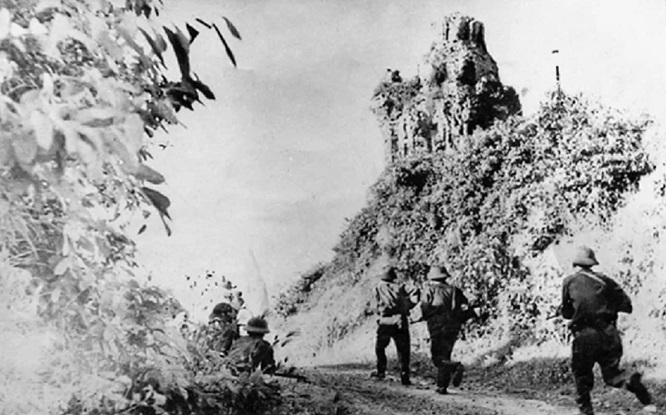

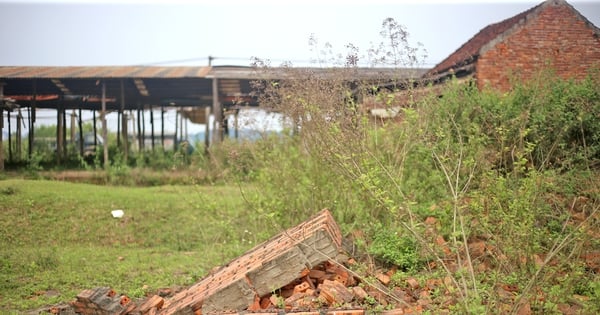

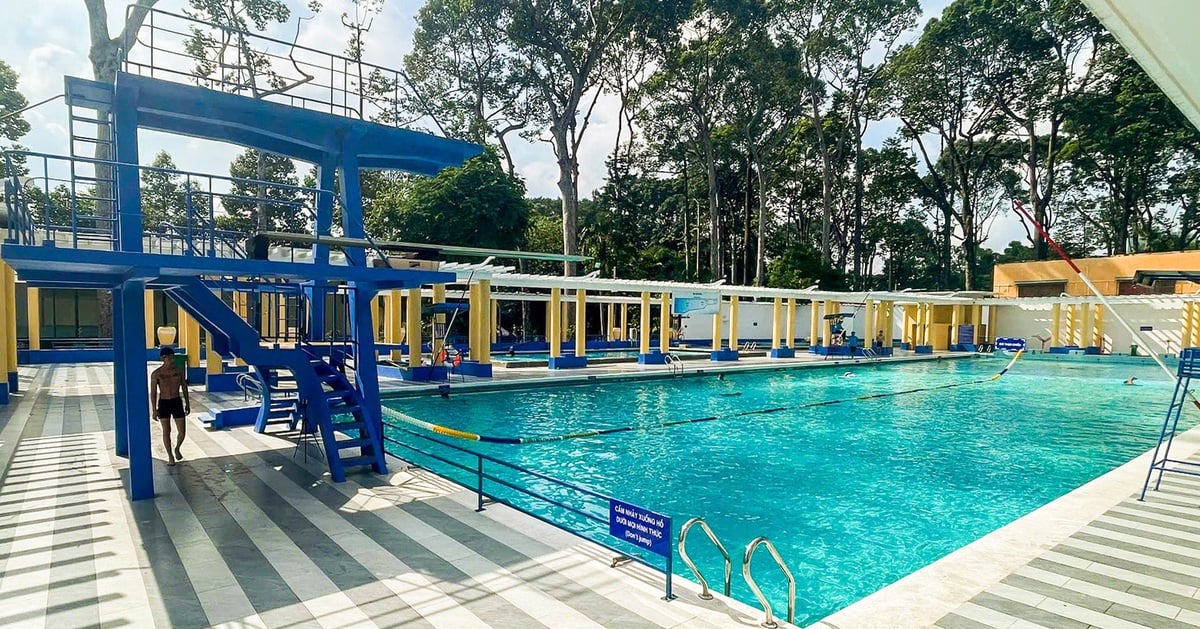

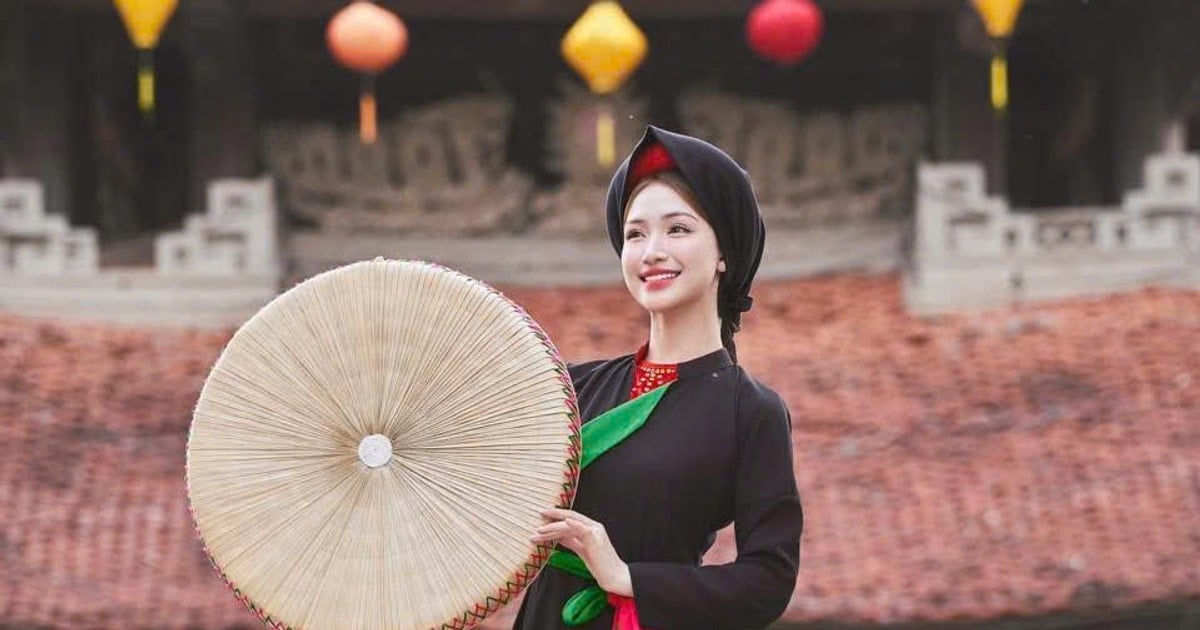

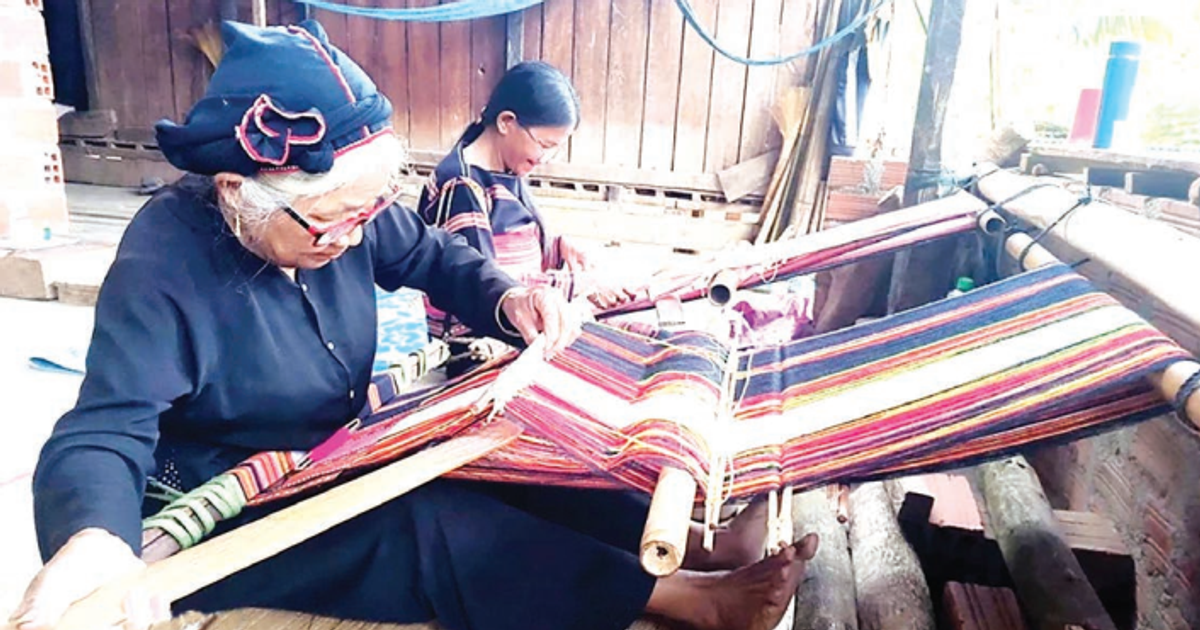
![[Photo] Myanmar's capital in disarray after the great earthquake](https://vstatic.vietnam.vn/vietnam/resource/IMAGE/2025/4/1/7719e43b61ba40f3ac17f5c3c1f03720)




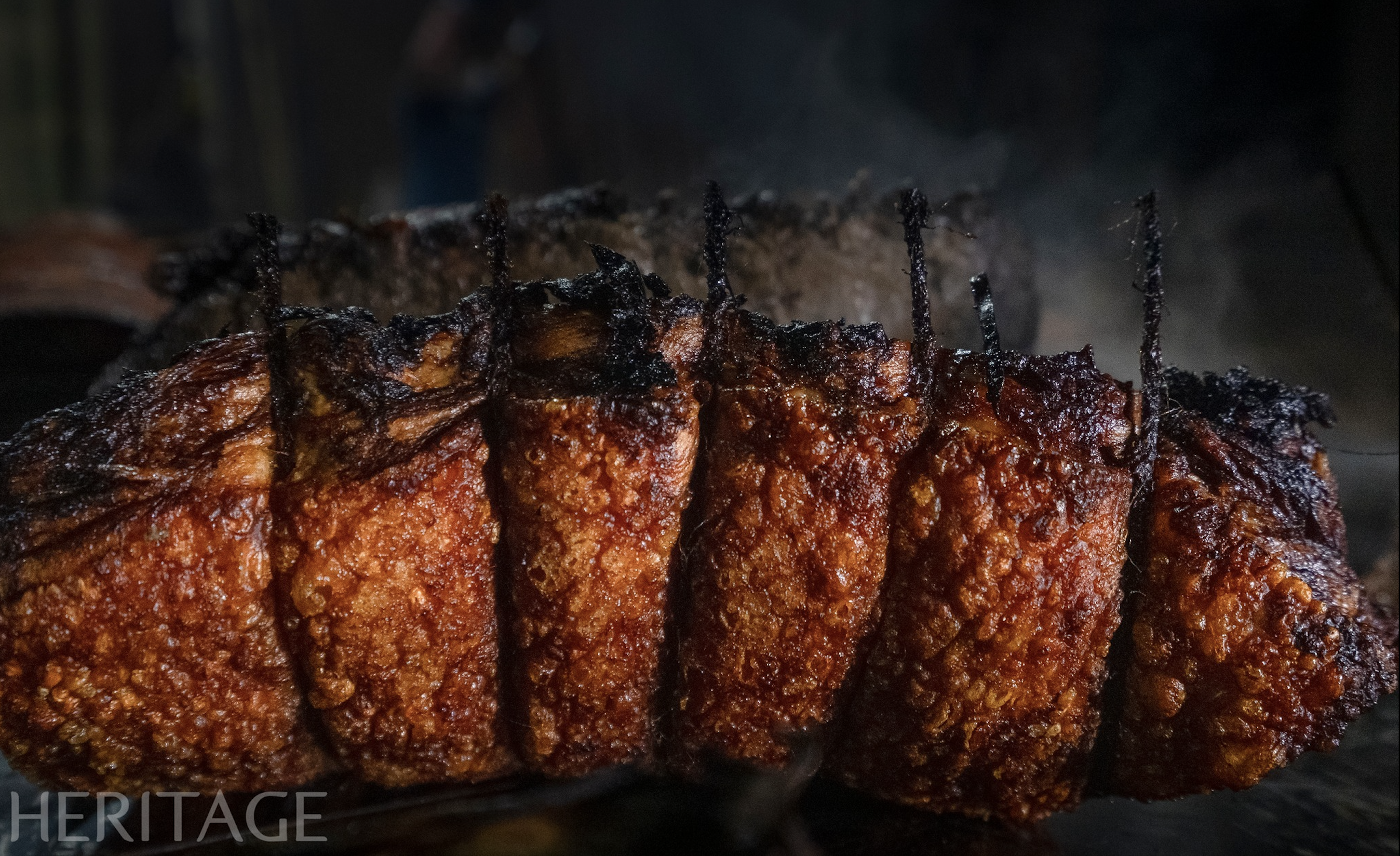
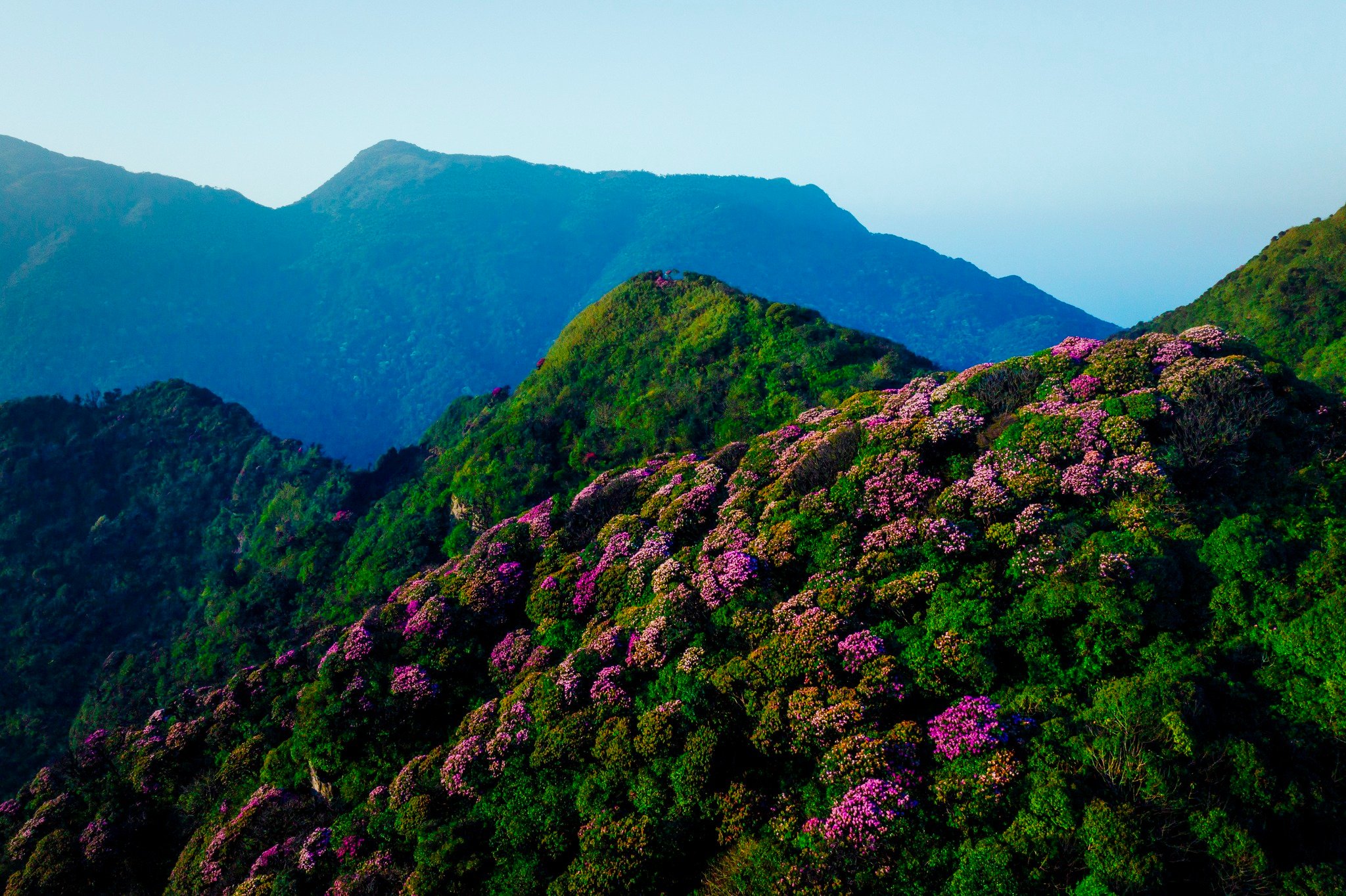
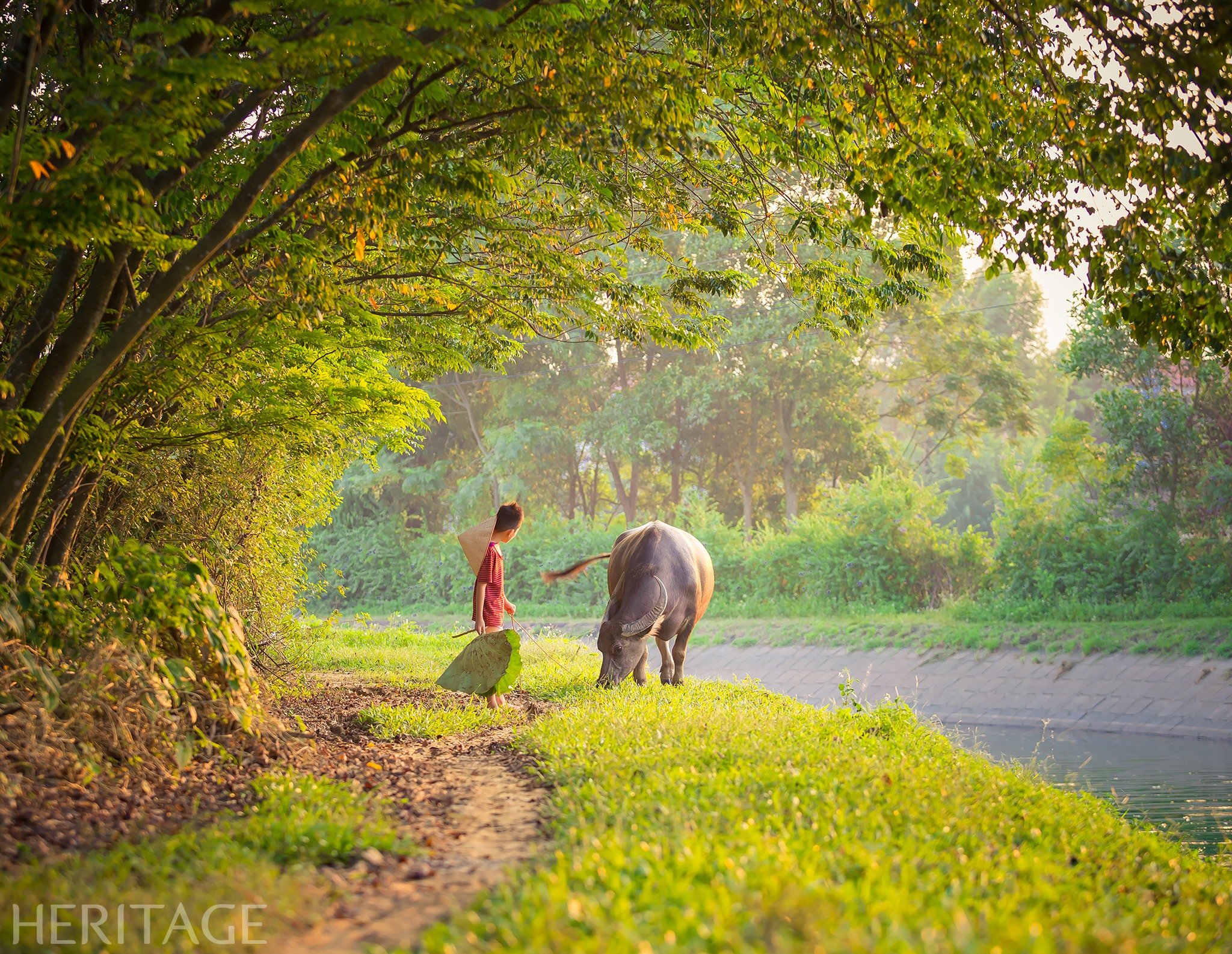
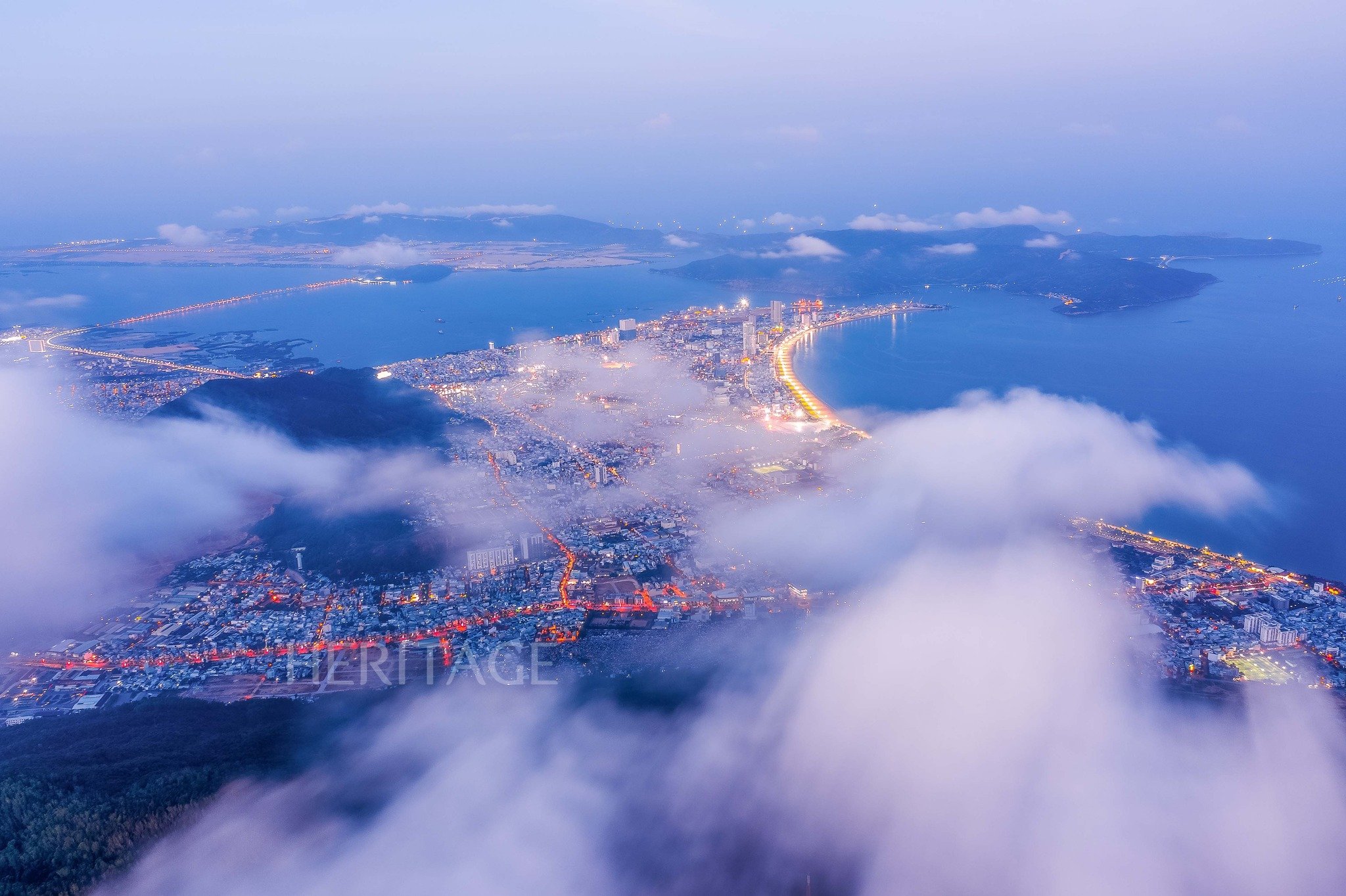

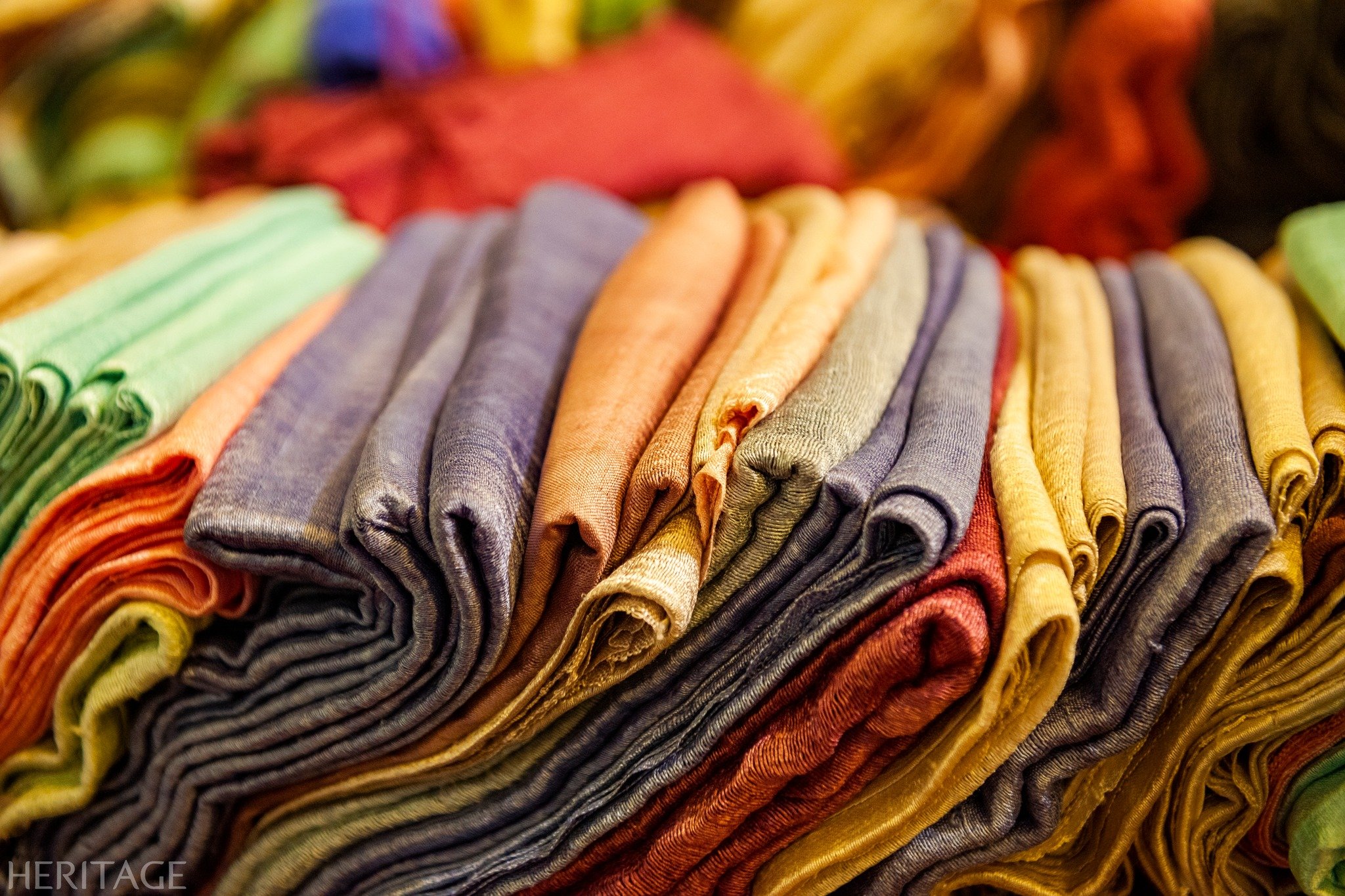































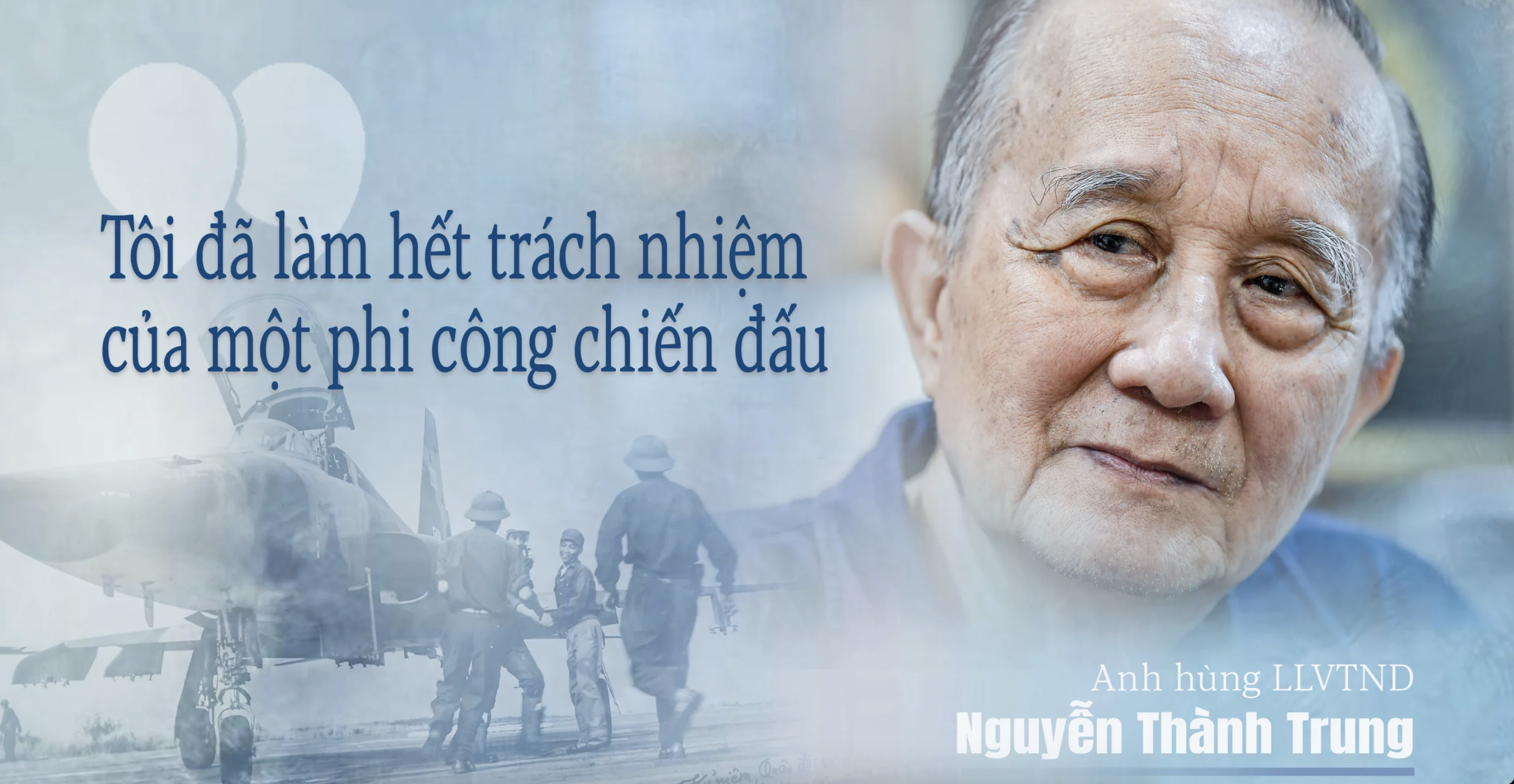

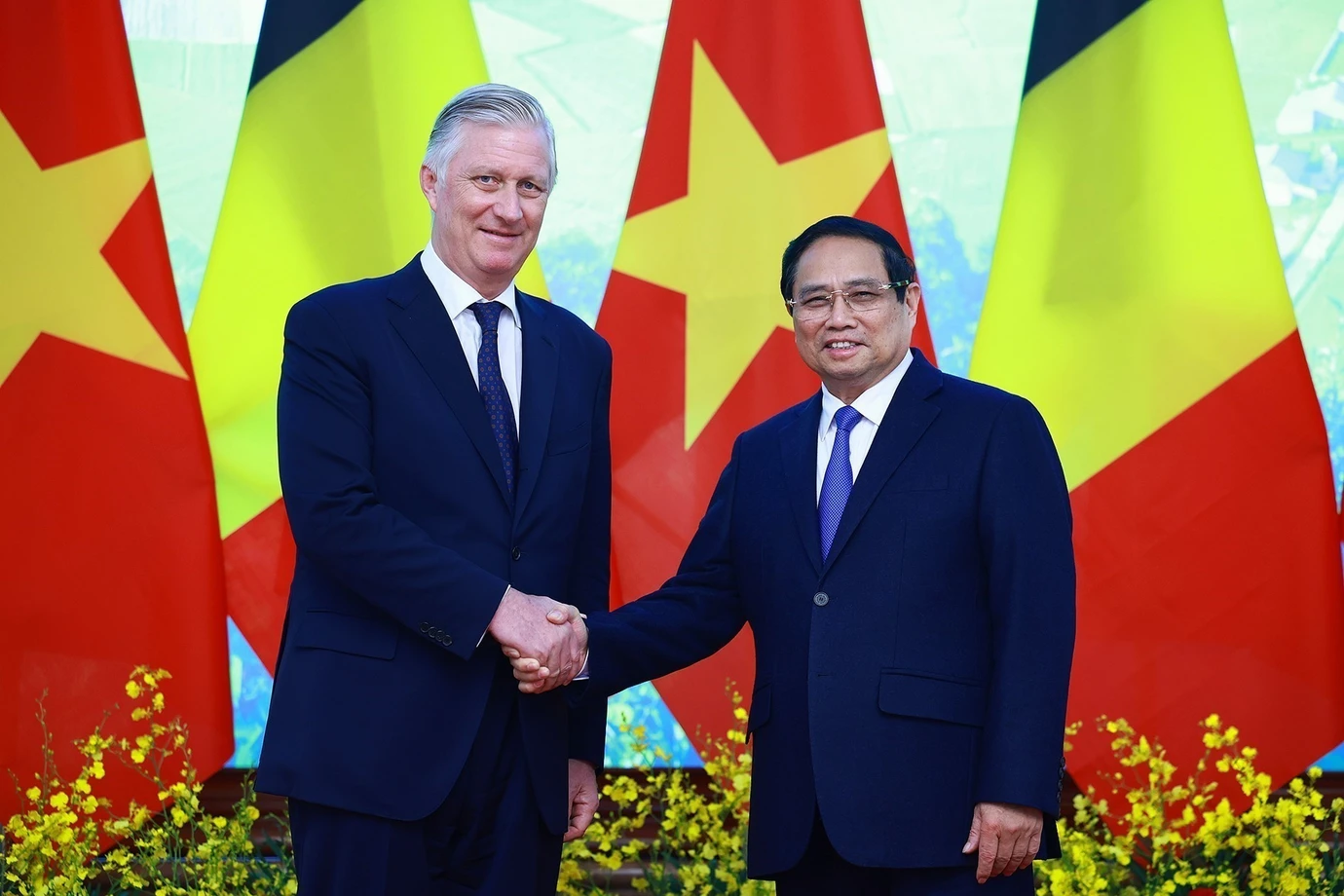







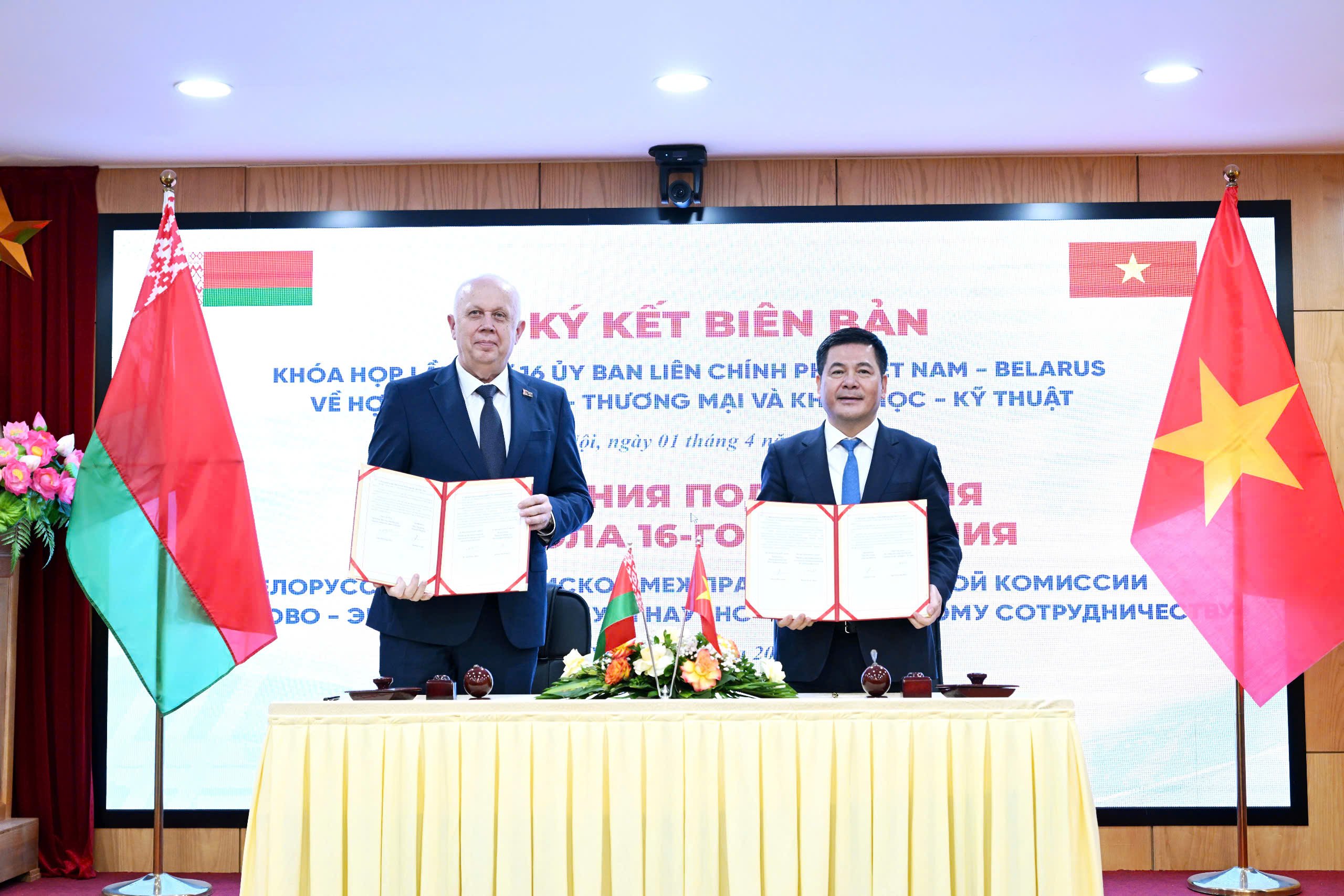


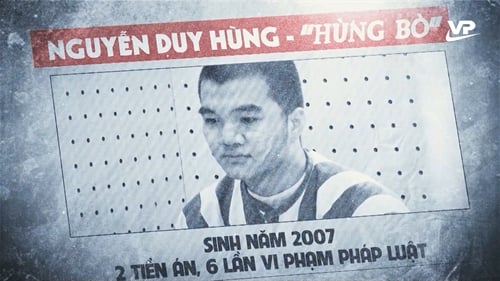
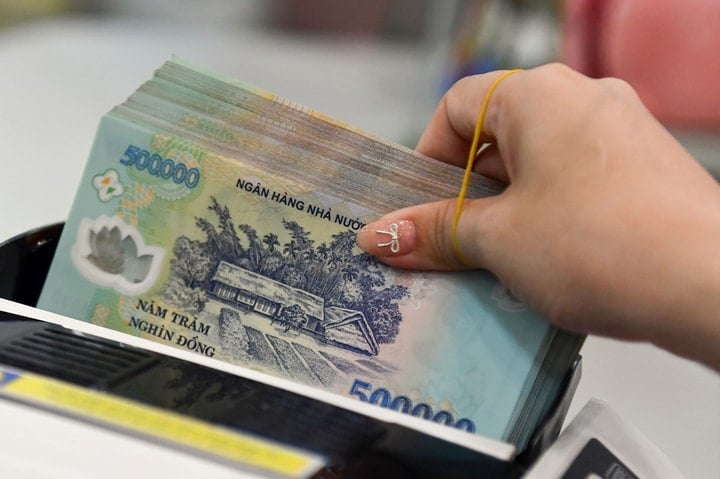

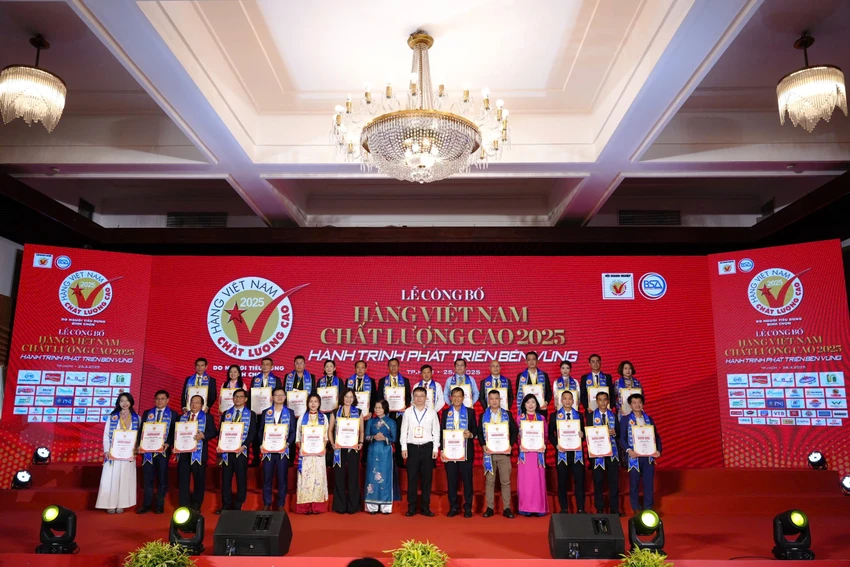

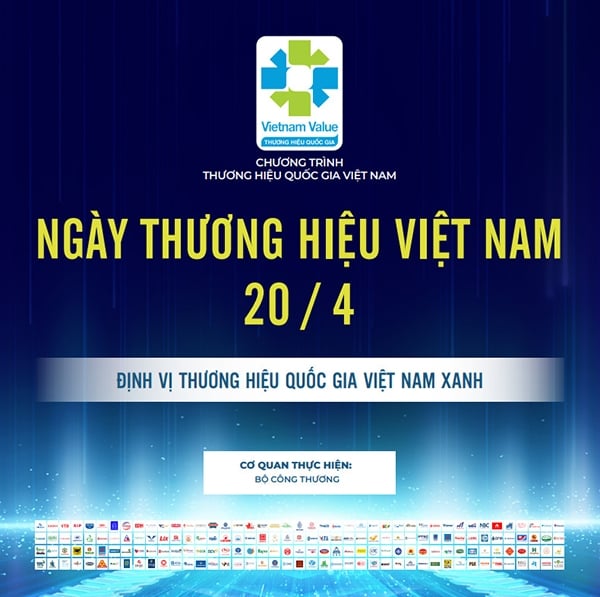
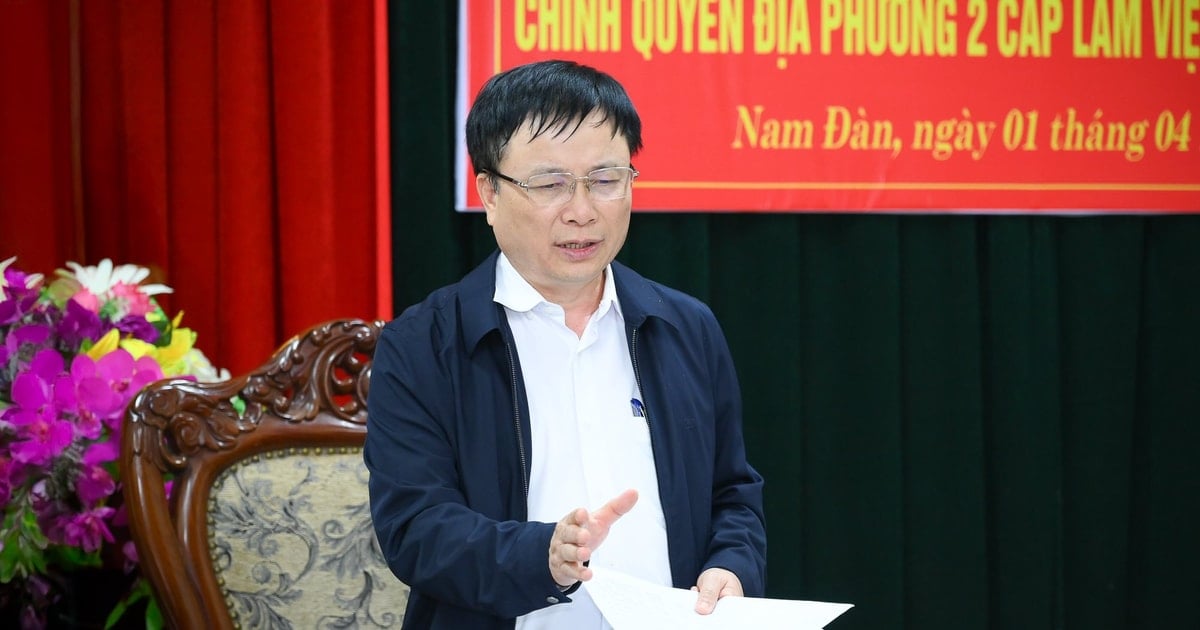











Comment (0)